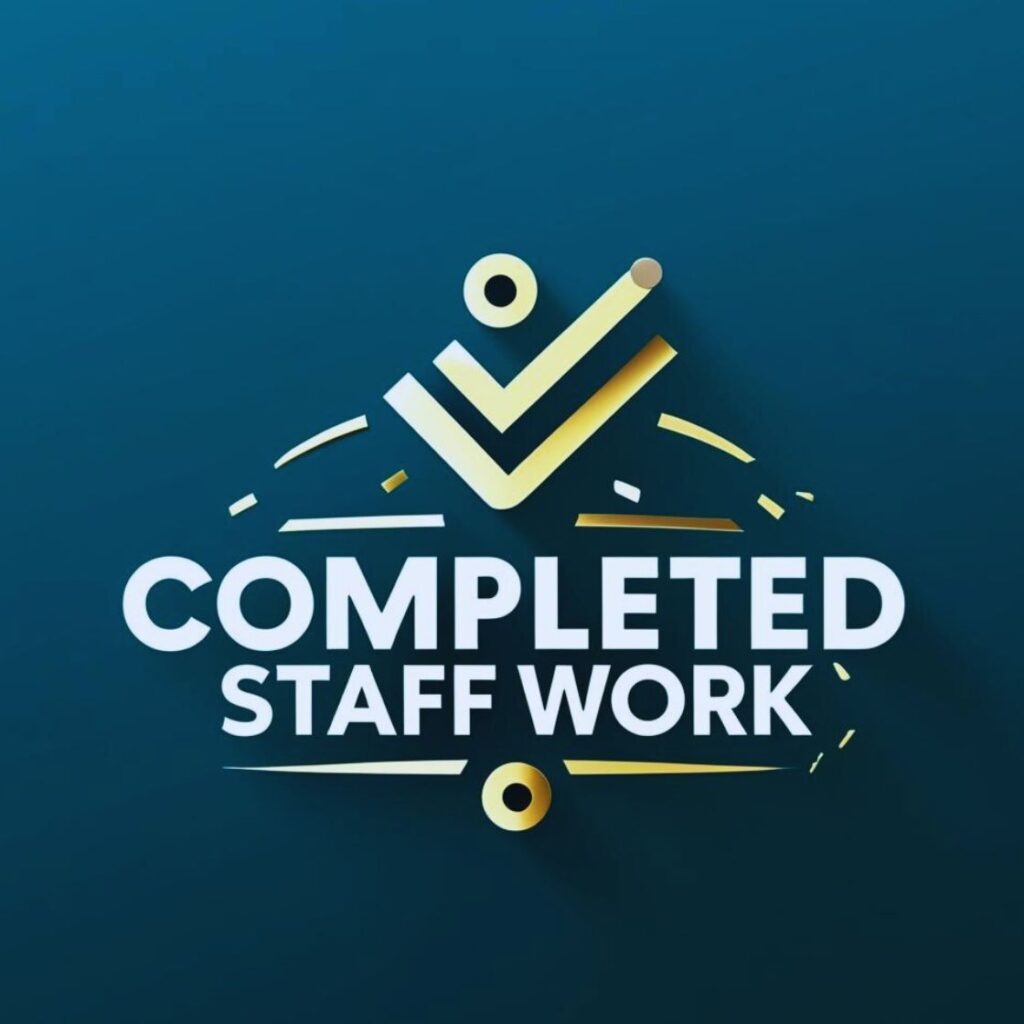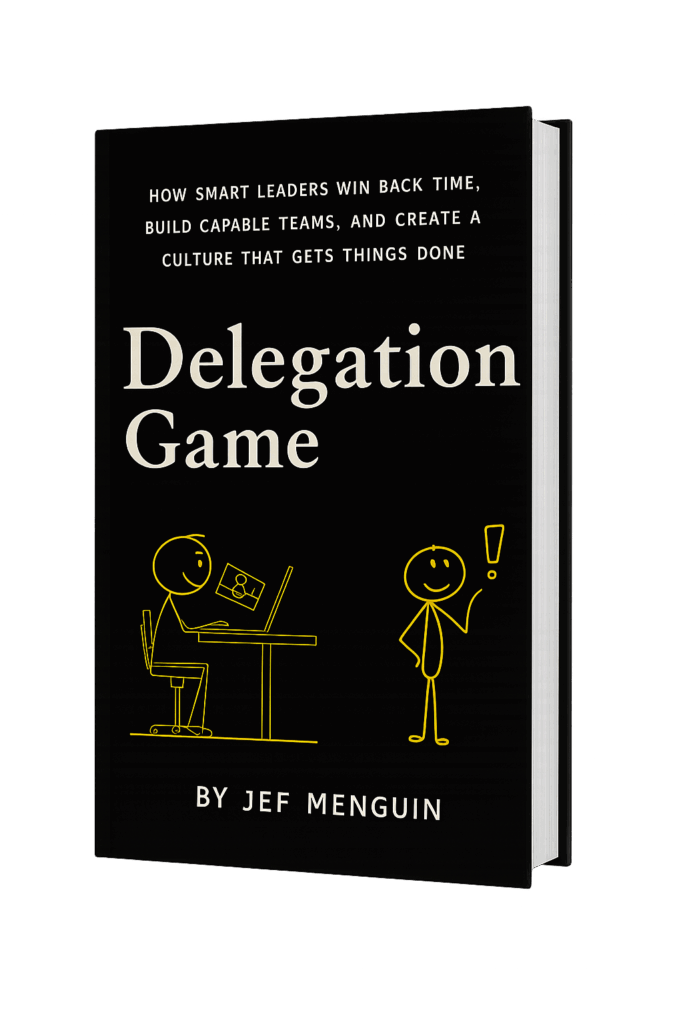Many organizations spend millions on training programs.
They want to develop leaders, build teams, and engage employees.
Unfortunately, many of these training programs fail to deliver desired results. Here are five reasons.
Most training programs don’t have measurable goals.
Many organizations who have professional development programs aren’t very sure how they’ll measure success.
They want to get more for one or two day training programs hoping that participants will “learn” and retain a few.
Learning doesn’t happen because you trained people. Learning happens when participants acquire new skills and adapt few behaviors that will drive desired results.
Measure the results of your training and other learning experiences.
Training programs given for the sake of training are bound to fail.
Many training managers provide training programs to employees because their KPIs require them to deliver four or more training programs in a month.
This is why many employees feel that training programs are not necessary.
There are also those who believe that training is meant to “cure” them and they think they are blamed for low performance.
This happens when training are not aligned to the business objectives of the organization and when participants don’t fully understand the role that training plays in personal and organizational development.
You can find dozens of learning experience strategies.
But each must serve a clear and measurable purpose. Each must serve to equip employees and you ought to sell them to employees.
You cannot program people to adapt new behaviors without their permission.
Training is a default intervention of lazy managers.
Training without context is just an event.
There is no adequate understanding as to the challenges of the individuals and of the organization.
Keep in mind that the behaviors of employees, of their leaders, are influenced by organizational climate and culture.
Also, remember that canned programs do not always work.
Most canned programs are either trainer-centered or subject-centered. They were not designed for your organization.
They were not meant for the individual challenges of your managers, supervisors and other employees.
Design the most appropriate and the best learning experiences.
Begin with understanding. Find out what the organizations and its people are meant to do.
Don’t just purchase any training programs in the market.
Context is very important.
Many training programs do not get the full support of supervisors.
I know of many managers who think that sending their people into a classroom training will make their jobs easy.
They think they don’t need to coach or mentor the participants after the training.
I know also of those who are dismissive of the new learning experiences of the participants.
Training is just another learning experience that will easily go to waste when organizational leaders do not have a learning culture.
You need the full support of the participant’s supervisors in designing and delivering new learning experiences.
Many training programs are spread too thinly.
In one or two day training programs, managers expect participants to learn a thousand ways to do x, y, and z.
They want to make the most of their money, of course.
But this is wasting more money.
Leaders don’t change because they know more; they change when they learn new behaviors from new experience.
Help learners master few skills and adapt new behaviors that really matter.
I encourage you not to waste your money.
Please don’t be left behind either.
Explore other opportunities to provide your people learning experiences that will speed up their growth and 10x the success of your organization.
Jef “the zagger” Menguin
P.S. Make no mistake. I mean no disrespect to excellent trainers out there. I can say that maybe, during the 1960s, traditional training works. But we are no longer there.
Our aim is not only to train, not even just to help employees learn. People have problems that they need help to solve.
Here are the questions that will help you get started.



